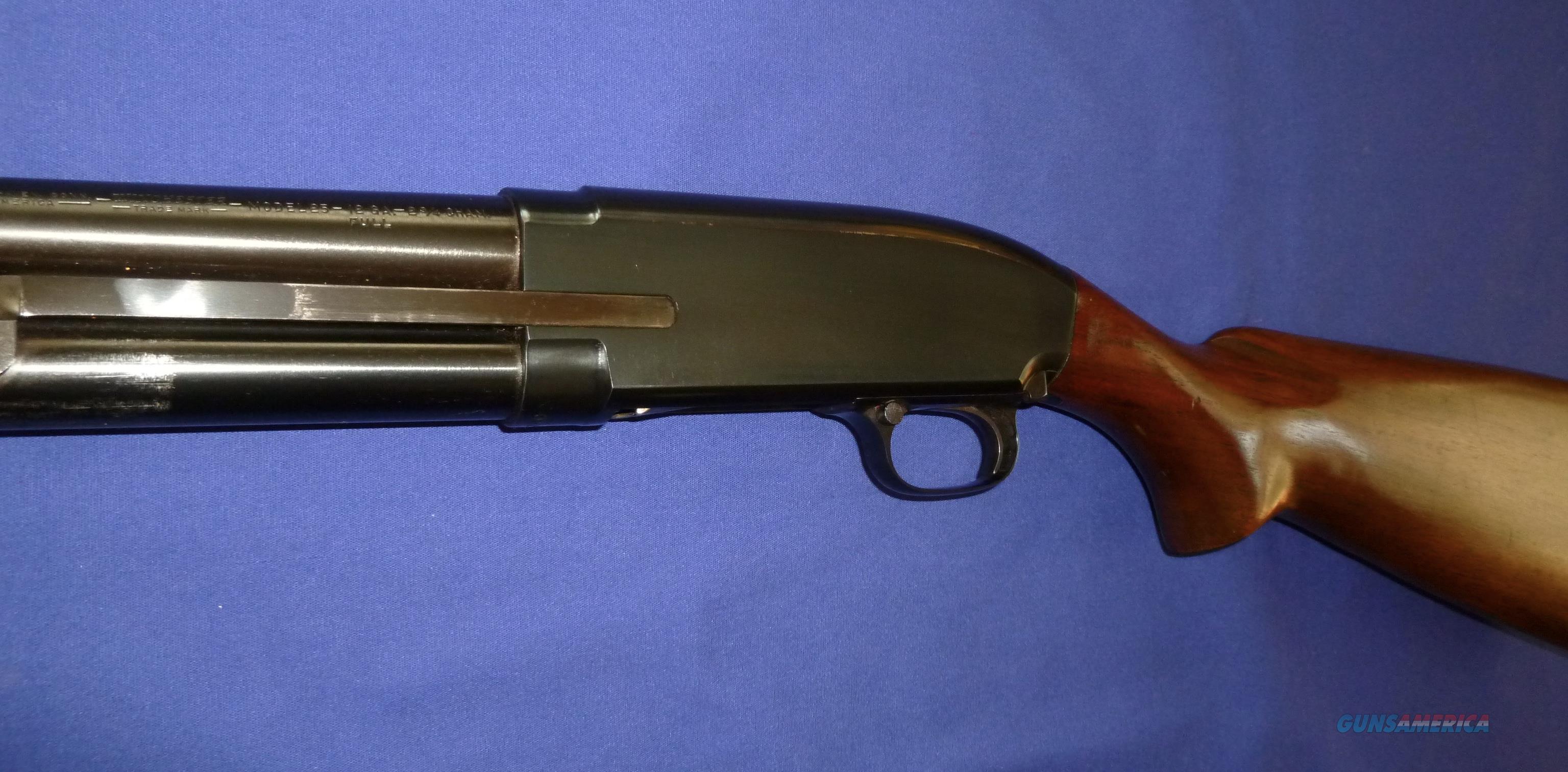
The smaller extractor of the push feed action may slip or break off a spent casing stuck in the chamber under adverse conditions. Later designs, referred to as push feed, only capture the cartridge by the magazine lips and the chamber and the cartridge is not held to the bolt face until a spring-loaded extractor is pushed over the cartridge's extractor groove. This feature is often referred to as "controlled round feeding" (CRF) because the extractor captures the rim of a cartridge as it is fed upwards from the magazine and controls its journey forward into the rifle's chamber. The key benefit of the Mauser-type extractor compared to later versions is that it more positively extracts the spent casing. It was a high-quality action of considerable strength, with two forward locking lugs and a Mauser-type non-rotating claw extractor. The original Model 70 quickly established an excellent reputation with American sportsmen. Pre-1964 Model 70 action (controlled round feed) The receivers of these Model 70s were machined from bar stock steel.
WINCHESTER MODEL 25 SHOTGUN SLING SERIAL NUMBERS
Model 70 rifles with serial numbers below 700,000 are the pre-1964 variety.
WINCHESTER MODEL 25 SHOTGUN SLING SERIAL NUMBER
The best way to identify a pre-1964 Model 70 Winchester rifles is the serial number and the fore-end screw to secure the barrel to the stock. Pre-1964 Model 70s bring a substantial price premium due to a public perception that they were better, as they had several desirable features (Mauser-type controlled round feed, cut checkering) that the post-1964 version did not. The pre-1964 Model 70s were manufactured from 1936 through 1963, after which time significant changes in the design and manufacture of the rifles were made. 280 Remington, 7mm Mauser, 7mm-08, 7 mm Remington Magnum, 7mm WSM, 7mm STW. Over the entire production of the Model 70, chamberings have included. Throughout its life, the Model 70 has been offered in many grades and styles. In 1999, Shooting Times magazine named the Model 70 the "Bolt-action Rifle of the Century". The Model 70 was largely based on the Model 54, and is today still highly regarded by shooters and is often called "The Rifleman's Rifle". In 1936, Winchester introduced the Model 70 bolt-action rifle to the American market.

In the fall of 2007, the Belgian company FN Herstal announced that Model 70 production would resume. Model 70s were built in New Haven, Connecticut, from 1936 to 2006, when production ceased. Repeating Arms under an agreement with Olin Corporation, allowing USRA to use the Winchester name and logo. From the early 1980s until 2006, Winchester rifles were manufactured by U.S. The Model 70 was originally manufactured by the Winchester Repeating Arms Company between 19.

The action has some design similarities to Mauser designs and it is a development of the earlier Winchester Model 54, itself based on a Mauser 98-type action. It has an iconic place in American sporting culture and has been held in high regard by shooters since it was introduced in 1936, earning the moniker "The Rifleman's Rifle". The Winchester Model 70 is a bolt-action sporting rifle. If using a two-piece scope mount, this matters less. If using a one piece scope mount, this matters. Note: There are two variants of scope mounts, long action (magnum rounds) or short action.Scoped Sights, only, Variant: Tapped for scope mounts, only (no iron sights).Iron Sights Variant: Iron front, open adjustable iron rear, and tapped for scope mounts.Repeating Arms, Fabrique Nationale de Herstal Winchester Model 70 with rifle scope and 24-inch barrel.


 0 kommentar(er)
0 kommentar(er)
